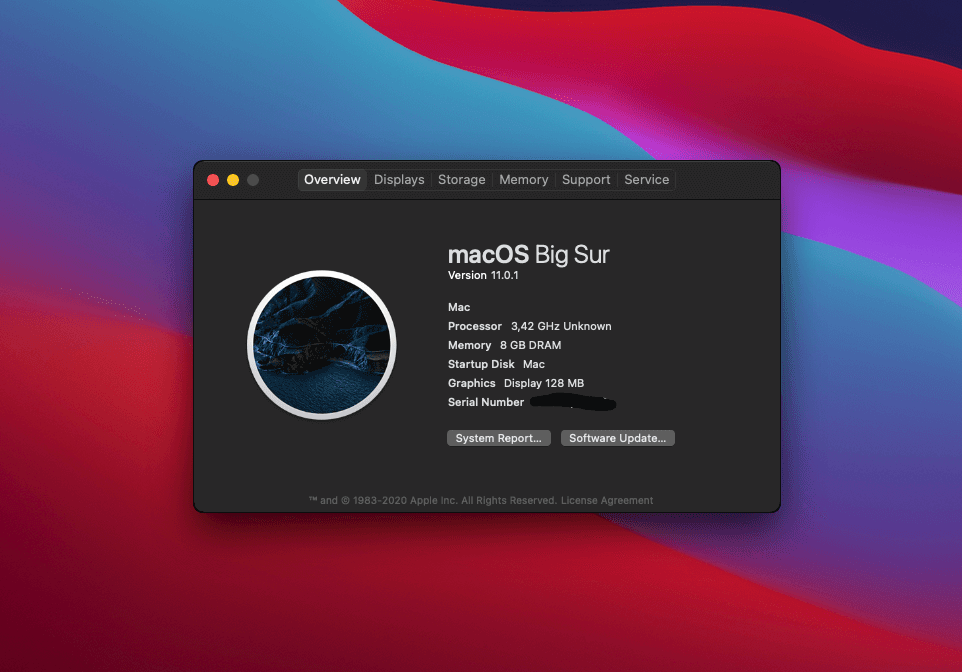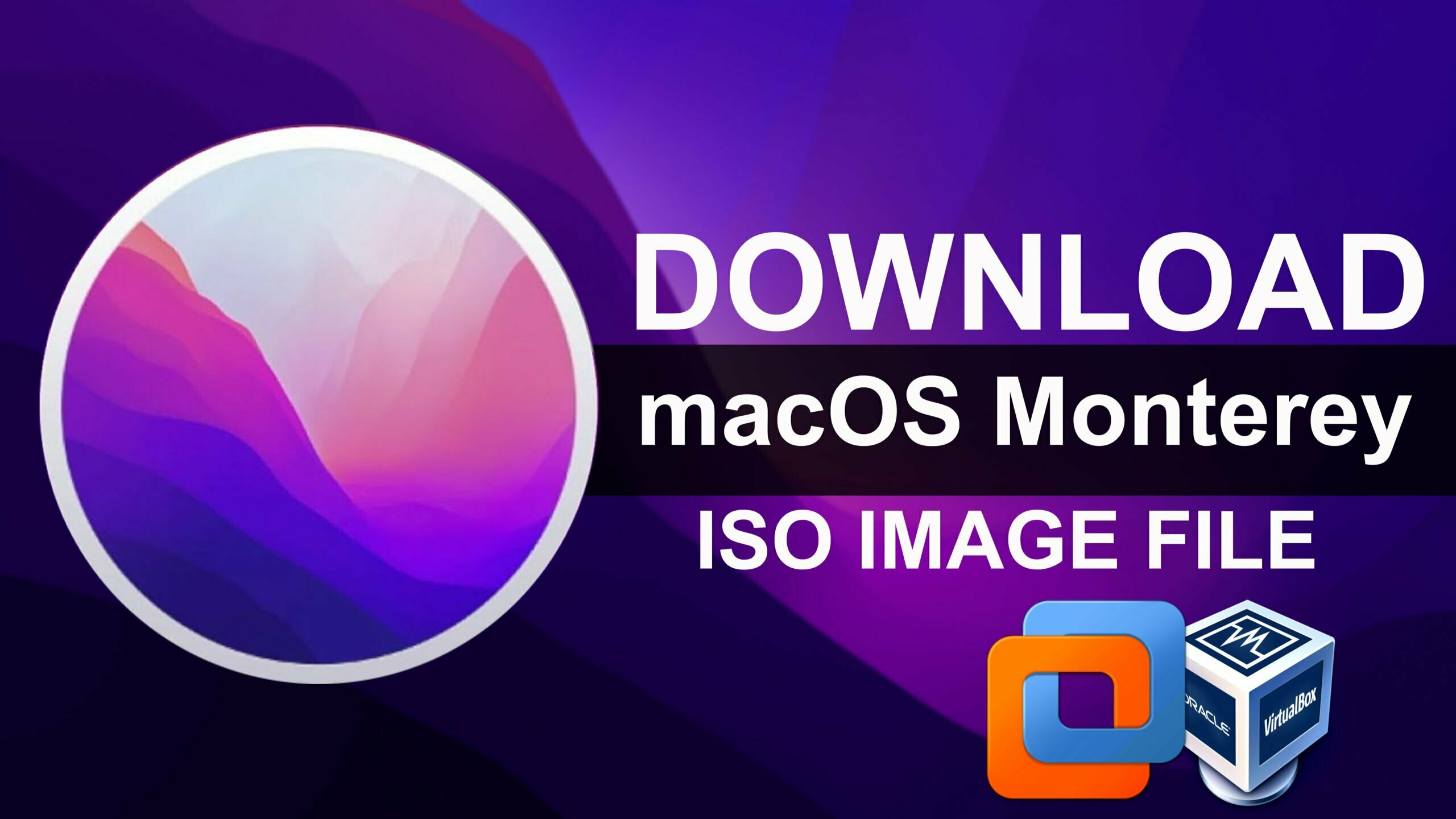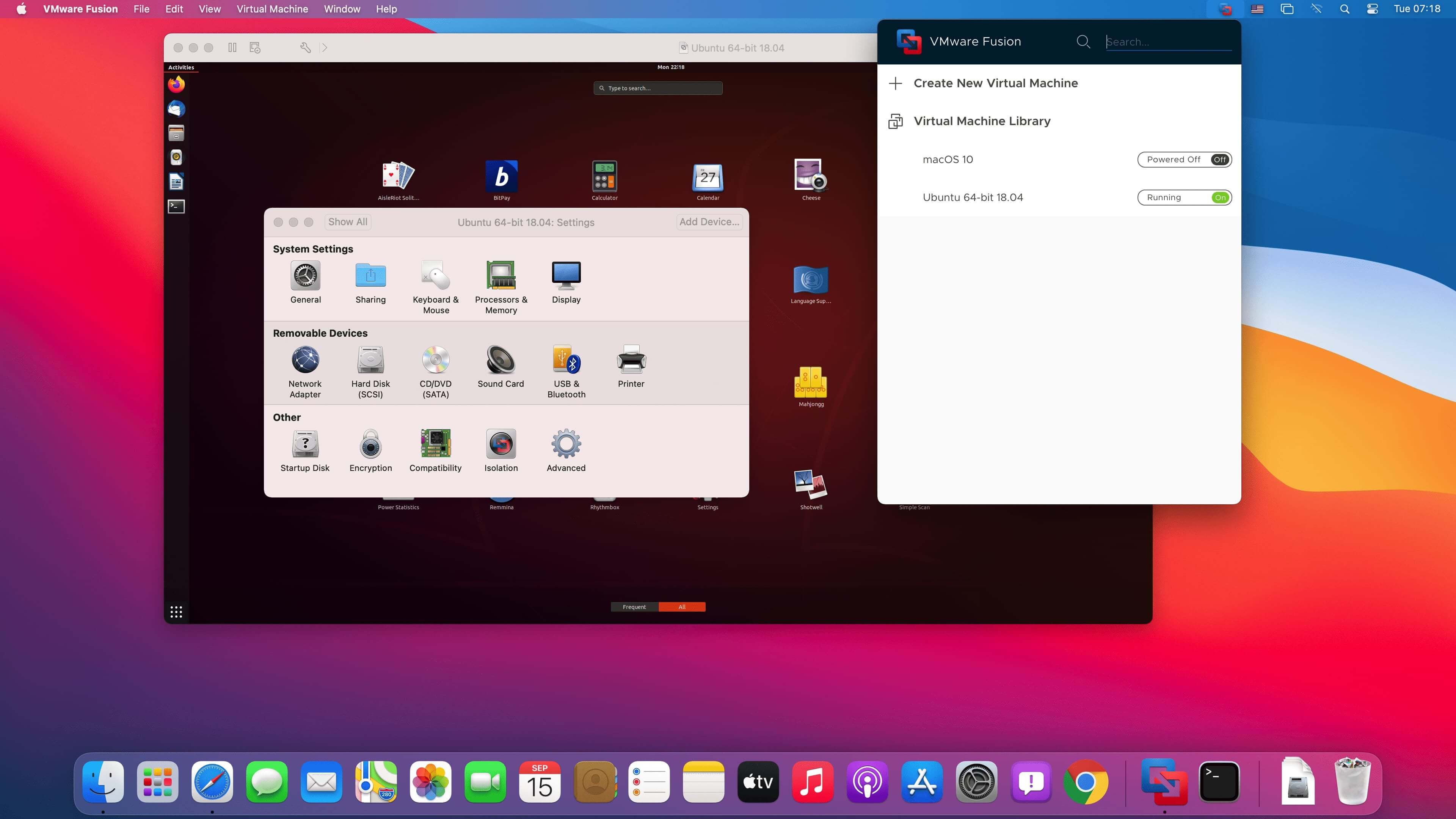

I then copied the model ID of the host Mac into the next text string. I took the serial number of the host Mac, and changed one digit to create a new serial number, and I entered that into the text string. Boot up the VM, and check System Profiler to make sure that the new serial number and model are there. Close the configuration window when finished. In the Boot flags field, we enter the text strings that define the serial number of the VM, and the model. Next, we go to Hardware - Boot Order, and then open Advanced Settings. To make the necessary changes, we need to right-click the VM from the list, and select Configure. The Parallels knowledge base has this article for changing the serial number:Īnd this article for changing the model ID: Since I did not want to invest in two new VMware licenses (one for my MacBook Pro, and another for my iMac), I did some searching to find out if it’s possible to change the serial number and model ID of a Parallels Mac VM. Jamf Support sent me this article on how to create a VM for Jamf Pro policy testing.įrom what I understood from this article, I needed VMware to get this to work. We now need a Mac VM that has a valid model ID, and we should have a serial number for the VM. Doing so would either result in a “Profile installation failed” error, or if I used a quick-add package, the installation would fail. When Jamf Pro 10.3 was released, I could no longer enroll a Mac VM running macOS High Sierra. I thought about moving to VMware a few years ago, but I never had the incentive to do it.

If it existed at the time, I just didn’t know about it back in 2006. I have worked with VMware, and I think it’s a great product. Since then, I have upgraded to every new version of Parallels. When I bought my first Intel Mac in 2006, I bought Parallels Desktop. The only policies that I cannot test using a VM are polices that require the use of a physical Mac, such as deploying FileVault via Self Service. A new window will open, click on Create button.I have been testing Jamf Pro policies using Mac VMs for about 2 years. Open Virtualbox and click on File menu and select Virtual Media Manager.

I am using Kernel 5.10 and selected linux510-virtualbox-host-modules for installation, you can change it to the Kernel you have. sudo pacman -S virtualbox virtualbox-guest-utils virtualbox-host-dkms linux510-virtualbox-host-modules Install Virtualbox and it’s required modules on Manjaro. It turns out the installation and setup is very easy and straight forward.ĭisclaimer: I am not the author of any third party contents or materials such OS iso.ĭownload macOS Catalina(10.15.x) from any of the links. Reasons could differ, but for me was to built Nextcloud desktop app for macOS. What is the purpose of running macOS on Linux? You may ask.

The end result of this article is to run macOS in Virtualbox on any Linux OS. I am on Manjaro OS, but it should not matter what OS you are on.


 0 kommentar(er)
0 kommentar(er)
